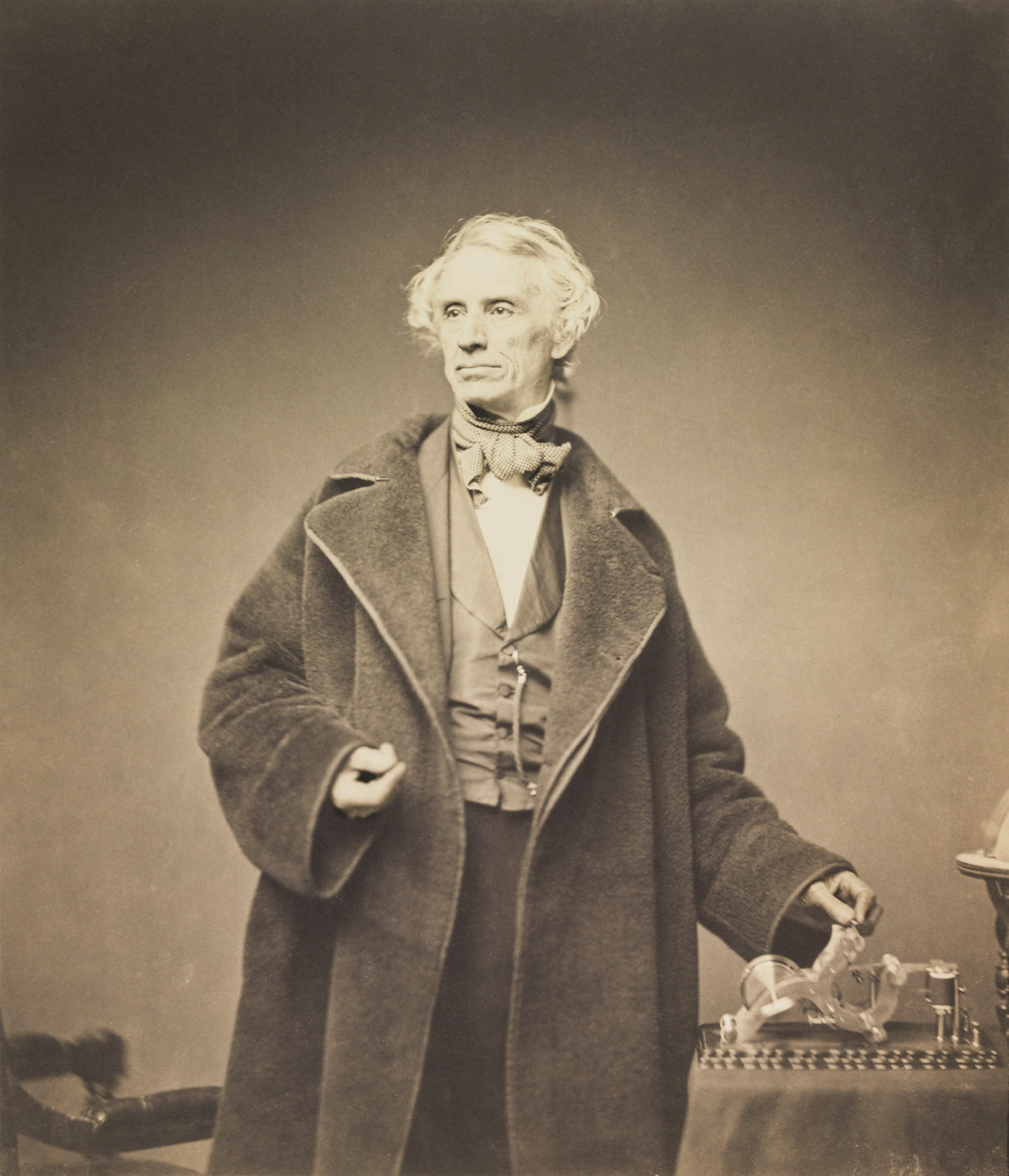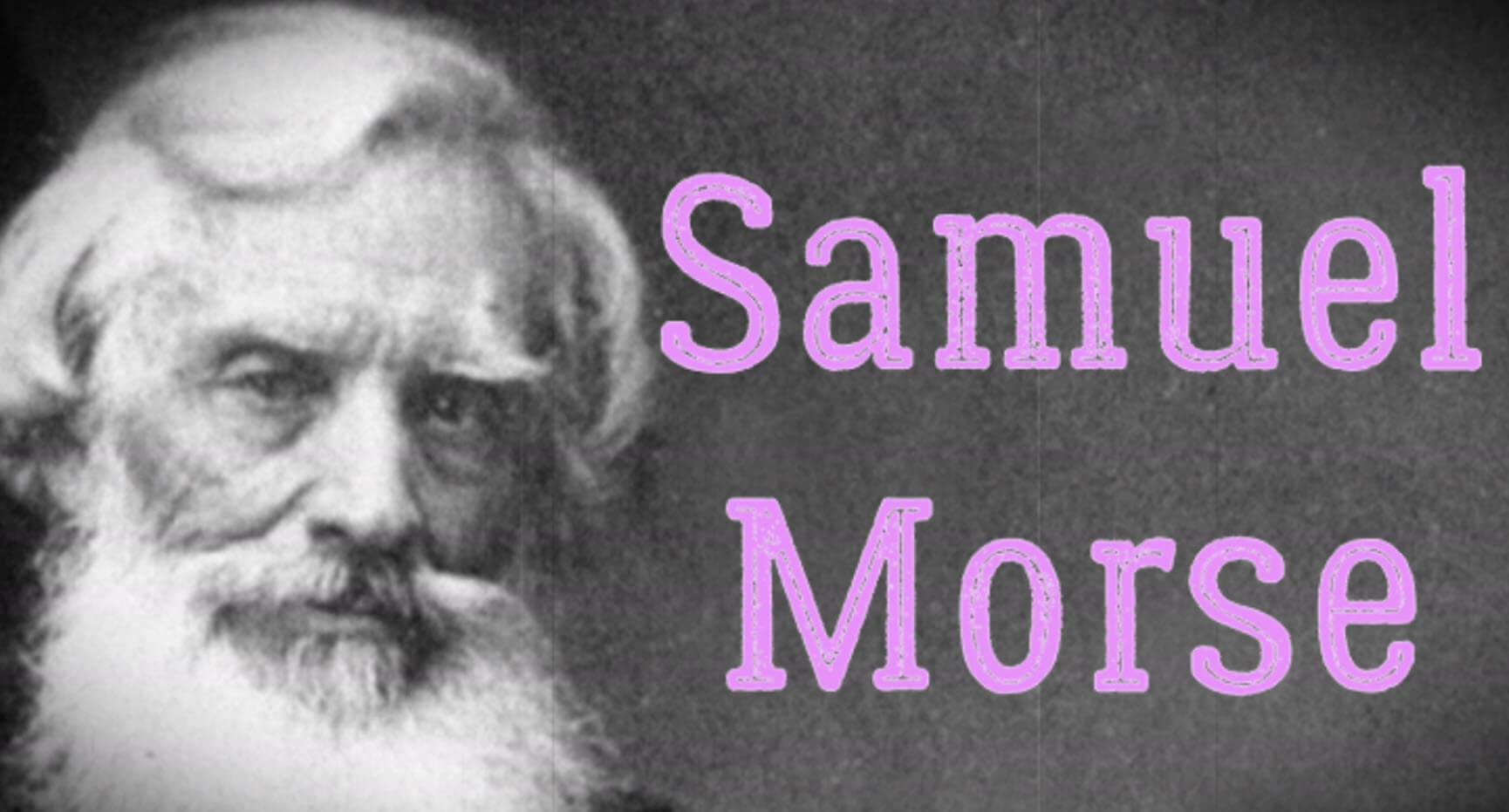

They recounted the experiments of Benjamin Franklin (1706-1790), who had discovered that electricity could pass instantly over a wire. While sailing home on the ship Sully in October 1832, Morse became involved in a discussion of electricity with his fellow passengers. In this way a message could be sent 150 miles in fifteen minutes. A man stood on each of the platforms, signaling to the next man down the line using wooden codes. The device was comprised of platforms placed 15 miles apart. In 1829, while once again traveling throughout the European continent, Morse became fascinated with the semaphore telegraph system designed by Claude Chappe (1763-1805). "I wish that in an instant I could communicate the information," Samuel wrote in one of his letters, "but three thousand miles are not passed over in an instant and we must wait four long weeks before we can hear from each other." Even at the tender age of 20, the first seeds were being planted for Morse's great invention. Missed his parents, and longed for a way to quickly get in touch with them. In the early 1800s Morse traveled to London to study art. Several battery-powered systems were soon created that could send messages short distances over a wire, but none were put into practical use. What finally made the telegraph a possibility was the invention of the electric battery by Alessandro Volta (1745-1827) in 1800. The term "telegraph" was first coined by Frenchman Claude Chappe (1763-1805), from the Greek words tele, meaning far, and graphein, to write. A writer in a 1753 issue of Scots Magazine described a static electricity telegraph that could spell out messages over 26 wires, one for each letter of the alphabet. An experimenter in London was able to send an electrical impulse one-sixth of a mile along thread in 1727.

The possibility of sending messages electronically was born as early as the 1700s. Messages would no longer take days or even weeks to deliver, but could be transmitted across towns, across the country, even across the ocean, in a matter of seconds. In the 1830s an artist-inventor named Samuel Morse (1791-1872) conquered the age-old problem of long-distance communication with his invention, known as the telegraph. In ancient times, groups living far from each other would send messages via couriers traveling on foot, or by setting fires to create smoke signals. Over 3, 000, 000 happy customers.From the beginning of time, humans have sought ways to communicate quickly across distances.

All orders placed with expedited shipping will be cancelled. box, and APO/FPO addresses allow 4-28 business days for Standard shipping. Brand New, Perfect Condition, allow 4-14 business days for standard shipping. Graphic Library: Inventions and Discovery.


 0 kommentar(er)
0 kommentar(er)
